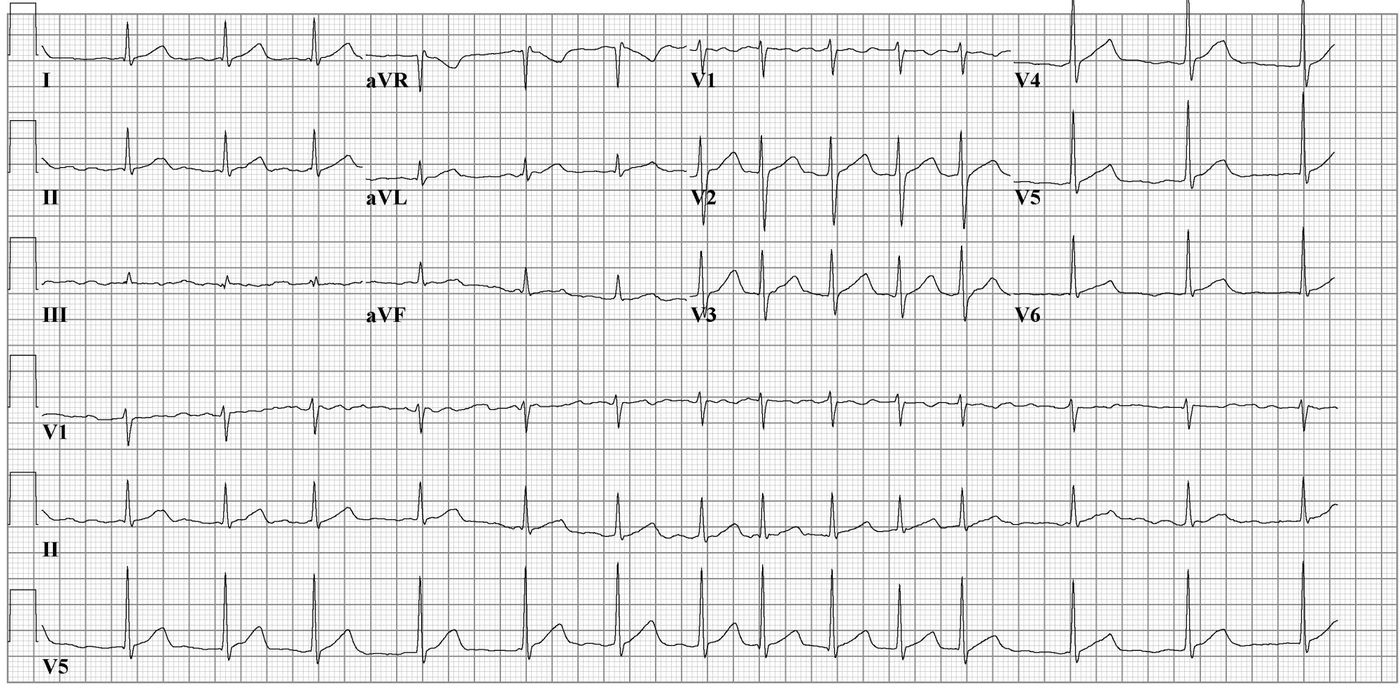Going Digital for Heart Disease Detection
As many as six million Americans live with Atrial Fibrillation (AFib). Atrial Fibrillation is a quivering or irregular heartbeat (arrhythmia) that can lead to blood clots, stroke, and heart failure among other complications. Untreated AFib increases risk of stroke 5-fold and doubles the risk of death by heart-related disease. Early and opportunistic screening for AFib can help prevent the associated adverse health outcomes.
For the average individual your heart contracts and relaxes at a regular beat. During AFib the two upper chambers of the heart (the atria) beat irregularly and out of sync with the lower chambers (the ventricles). This may come and go or remain persistent, with symptoms such as heart palpitations, shortness of breath, and weakness and further complications such as blood clots. Blood clots may break off and enter the bloodstream, where they may lodge in an artery blocking blood flow, which could lead to stroke. Some factors such as old age, alcohol consumption, obesity, and high blood pressure can increase your risk of AFib. Current treatment options for AFib include medication as well as surgical procedures to help get the heart back on track.
Various tests are currently used to diagnose AFib: electrocardiogram (ECG), portable options such as event recorders, echocardiograms, blood tests, and chest x-rays. Recent innovations in digital technologies have created an opportunity for innovative screen strategies that are more patient-centric. A group based out of the Scripps Translational Science Institute has taken advantage of this and created a self-applied wearable electrocardiogram patch to aid in early and opportunistic screening for AFib on the go. Their recent study tested the effectiveness of the device in detecting AFib and the clinical implications of this mobile strategy. Clinical trials were conducted with randomized and observational groups, from the Aetna Fully Insured Commercial and Medicare Advantage populations, with an age requirement of 55+ for males and 65+ for females, and a total of 5,214 particpants.
The patch, iRhythmZio, is a single-use, water resistant, 14-day ECG monitoring skin adhesive patch. This patch can monitor and retain the wearers continuous ECG for up to 2 weeks. Participants were mailed the patch with self-application instructions and asked to wear 2 different patches for up to 2 weeks per patch, 3 months apart, before mailing back to the researchers for analysis. Utilizing the patch, AFib was newly diagnosed in 6.3% of the monitored participants and 2.4% of the controls. Researchers observed that active monitoring was associated with increased initiation of anticoagulant and antiarrhythmic therapies and was the first study to describe early term clinical consequences of active ECG screening. This study has shown that utilizing a digital approach had great value in diagnosing asymptomatic AFib early on and gives credit to the use of digital medical technologies for future real-world clinical trials. Scripps Translational Science Institute's founder and director Eric Topol, MD, deems the use of digital sensors as vital to the future of medicine and clinical researc saying "For clinical research to change practice it needs to be more participant focused and reflect the real world of those participants, by taking advantage of digital tools and infrastructure that is possible as never before,".
To read the study click here. To learn more about atrial fibrillation watch the video below!









